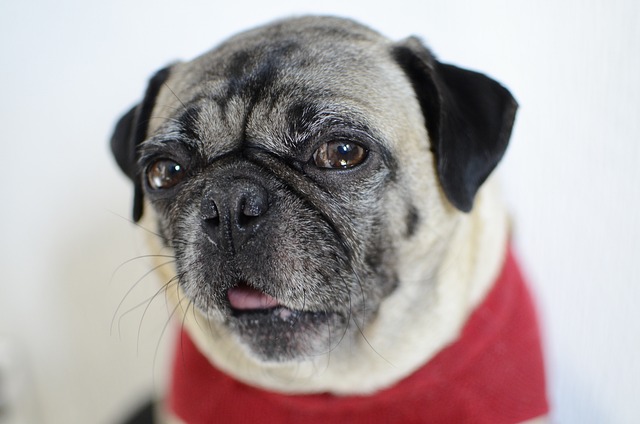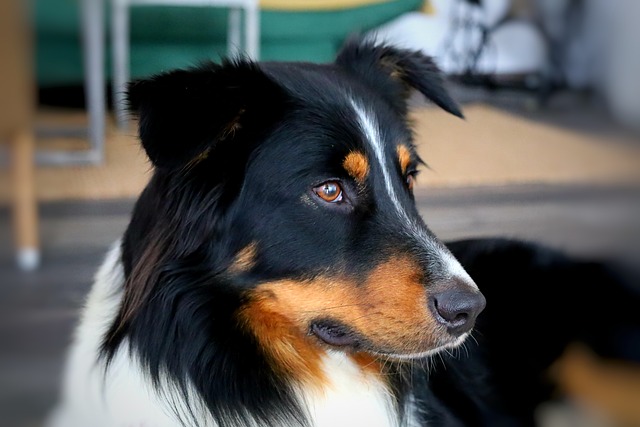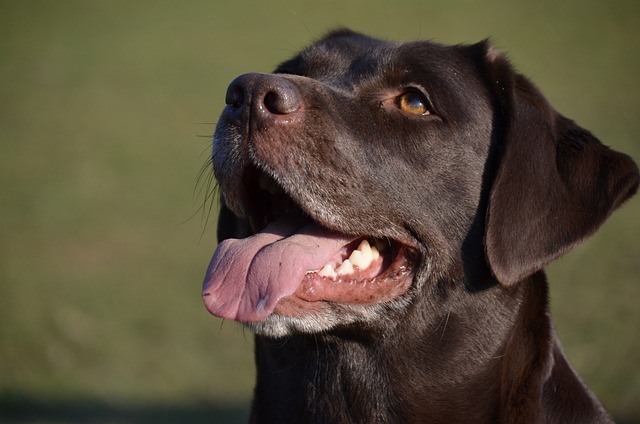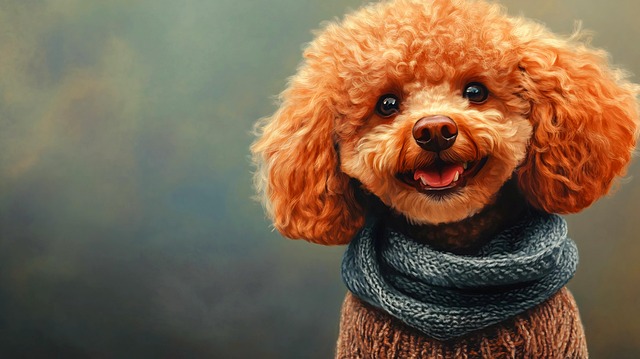When the afterglow of the setting sun gently sprinkles on the living room floor, watching the dog happily shuttle around your feet, do you long to establish a more tacit communication with it? Teaching the dog to understand the "lie down" hand gesture command can not only add to the fun of interaction, but also build a bridge for trust and tacit understanding. This process is like composing a harmonious melody performed by humans and dogs. It requires not only professional training methods, but also patience and love.
To train a dog to master the "lie down" hand gesture command, we must first have a deep understanding of canine behavior. Dogs are born with keen observation skills, and they are good at capturing the body language and expression changes of their owners. In the natural environment, canines use body postures to convey information and maintain group order, which makes them have a natural perception of human gestures. From this perspective, we can regard training as a cross-species language learning, guiding them to understand our intentions in a way that is familiar to dogs.
In the early stages of training, it is crucial to establish basic trust and obedience. Dogs are like children who long for recognition and need to feel the love and encouragement of their owners in a warm and safe environment. We can start with simple eye contact and gentle caressing to relax the dog and establish dependence on the owner. When the dog is willing to stay quietly by your side and look at you intently, it has taken the first step to success. At this time, you might as well prepare some snacks that the dog likes, such as small pieces of dried chicken and cheese grains. These delicious rewards will become the key to motivating them to learn.

When officially entering the "lie down" gesture training, we can use the "induction method". First, let the dog sit and face you. Slowly move the snack in your hand from above the tip of the dog's nose to the ground, accompanied by a gentle "lie down" command. The dog's instinctive pursuit of food will unconsciously lower its body, stretch its front limbs forward, and finally complete the action of lying down. When the dog successfully lies down, immediately give it enthusiastic verbal praise and reward it with snacks, so that the dog can establish a connection between action and reward in a pleasant experience. Repeat this process. The time for each training should not be too long, 5-10 minutes is enough to avoid the dog from getting bored.
As the training progresses, gradually add hand signals. You can choose a simple, clear gesture, such as slowly moving your palm downward, and make this gesture while giving the "get down" command. At first, dogs may pay more attention to snacks and commands, but after repeated repetitions, they will slowly associate gestures with actions. This is like a child learning a language, which requires constant repetition and memory reinforcement. At this stage, the owner's patience is particularly important, and you must not lose your temper because of the dog's occasional mistakes or non-cooperation. Each dog has different learning abilities and speeds. Some smart dogs may be able to master it within a few days, while others may take longer. What we have to do is to accompany them to grow with an inclusive and encouraging attitude.
When the dog has a preliminary understanding of the "get down" command and gesture, it is necessary to consolidate and generalize the training. Expand the training scene from the familiar home to different environments such as outdoor parks and friends' homes, so that the dog can still accurately respond to commands under various interference factors. At the same time, gradually reduce the frequency of snack rewards, increase the proportion of verbal praise and physical caressing, and let the dog gradually transition from dependence on food to conscious obedience to the owner's commands. This process is like a child's growth from dependence on material rewards to pursuit of spiritual recognition, which is a manifestation of the dog's mental maturity.
During the training process, various challenges will also be encountered. Some dogs may be too lively and active, and it is difficult to calm down and cooperate with training; some are stubborn and "turn a deaf ear" to instructions. In the face of these situations, we must remain calm and adjust the training methods. For lively dogs, you can first use some simple games to let them consume their energy before training; for stubborn dogs, you need more patience and clever guidance, such as trying different snacks or training methods to find their interests.
Training dogs to understand the "lie down" gesture command is not just teaching them an action, but also a communication full of love and wisdom. In this process, we can have a deeper understanding of the dog's personality characteristics and behavioral habits, and the dog also feels the owner's love and expectations in the continuous learning. One day, when you gently wave your palm, the dog will lie down obediently and look at you with bright eyes. At that moment, all the efforts have turned into warm and beautiful memories. This tacit understanding between people and dogs will become the most precious gift in each other's lives, accompanying us through long and happy years.






